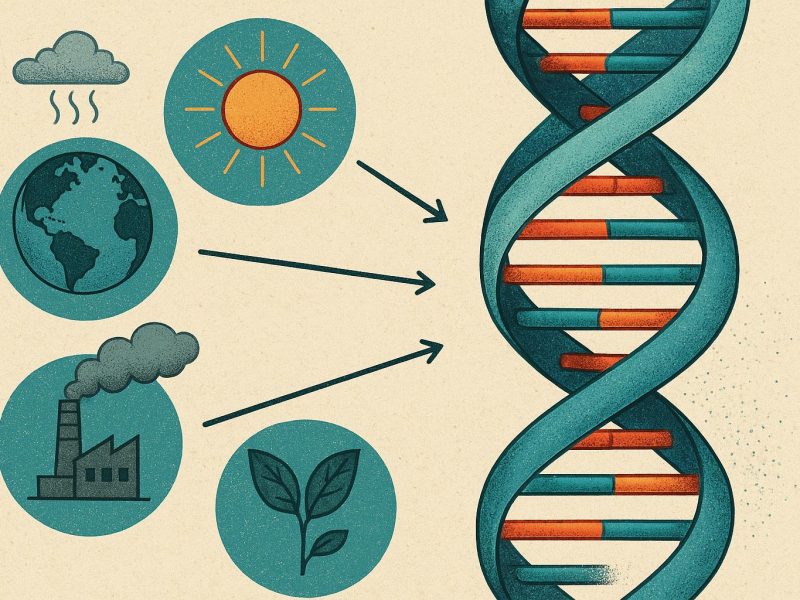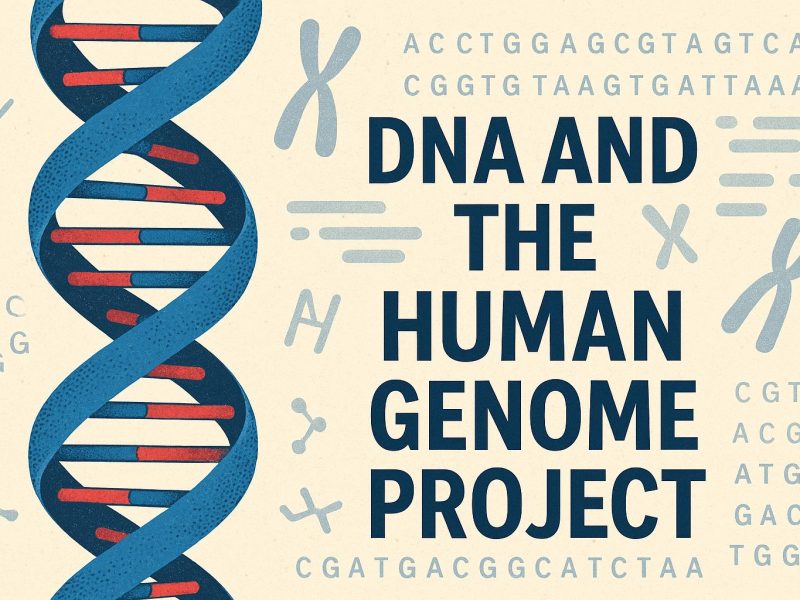Understanding DNA Fingerprinting
DNA fingerprinting, also known as DNA profiling or DNA typing, is a powerful technique used to identify individuals based on their unique genetic makeup. This method relies on the analysis of specific regions within the DNA, which vary greatly among individuals. These variations enable scientists and law enforcement agencies to distinguish one individual from another with remarkable accuracy.
The Science Behind DNA Fingerprinting
DNA, or deoxyribonucleic acid, is the hereditary material in humans and almost all other organisms. Each individual’s DNA is comprised of a sequence of nucleotides, and while the vast majority of DNA is identical among all people, there are specific areas, known as short tandem repeats (STRs), that are highly variable. The process of DNA fingerprinting involves extracting a DNA sample, usually from blood, hair, or saliva, and then analyzing these STRs. The patterns formed by these STR regions serve as a unique barcode for each individual, which can then be compared against other DNA samples.
When examining STRs, forensic scientists use a process called polymerase chain reaction (PCR) to amplify these specific regions. This technique produces multiple copies of the STRs, allowing for a more detailed analysis. By comparing the number of repeats in STR sequences from different individuals, a profile of each person’s DNA can be established. This profile is then used to differentiate between samples, identifying whether they match a given individual or remain distinct.
Applications of DNA Fingerprinting
DNA fingerprinting is applied in a variety of fields, contributing greatly to scientific research, criminal justice, and personal identification.
Forensic Science
One of the most well-known applications of DNA fingerprinting is in forensic science. It plays a critical role in crime scene investigations, where it is used to identify or exonerate suspects. The technique can match biological samples found at a crime scene to a suspect, providing strong evidence in court cases. It also helps in identifying victims of disasters by comparing DNA from remains to genetic material provided by family members.
The precision of DNA fingerprinting enables forensic experts to use other biological materials beyond traditional sources like blood or saliva. For instance, skin cells left on a weapon or any object can be analyzed for potential matches. While DNA fingerprinting is often considered conclusive, it generally serves as part of a broader array of evidence due to the potential for contamination and other complications.
Parentage Testing
DNA fingerprinting is also widely used in determining parental relationships. Paternity tests, for example, examine the DNA profiles of a child and potential parents to establish biological relationships with high certainty. This is particularly useful in legal cases involving child support and custody. By comparing the child’s DNA with that of the potential parents, disagreements over biological parentage can be resolved with a high degree of scientific certainty.
Similarly, maternity tests and even grandparent tests are becoming increasingly common. They assist in verifying familial connections and can contribute to legal decisions related to inheritance and custody. Moreover, advances in technology have made these tests more accessible, enabling widespread use both in legal contexts and private queries.
Personal Identification
In the realm of personal identification, DNA fingerprinting is utilized for a number of purposes, including immigration cases, where it can confirm familial connections between immigrants and family members already residing in a destination country. Additionally, DNA profiles are used to create databases of convicted criminals, which can aid in future investigations.
Countries worldwide are progressively developing national DNA databases, which serve as vital tools for enhancing their criminal justice systems. However, such databases raise important questions about privacy, ownership, and the correct management of sensitive genetic information. Usage of these databases must balance law enforcement effectiveness with the protection of individual rights.
Conservation Biology
DNA fingerprinting also has significant applications in conservation biology. Scientists use it to study genetic diversity within endangered species populations, which can assist in crafting conservation strategies. By understanding the genetic variations in a population, conservationists can make informed decisions to promote biodiversity and sustainability. For instance, DNA analysis can identify genetic bottlenecks or highlight potential issues with inbreeding, which can inform breeding programs aimed at increasing genetic diversity.
This method is also integral in tracing the lineage of species, helping to determine evolutionary relationships and document the genetic health of animal populations in conservation efforts. Such data are fundamental to preserving endangered species and fostering biological resilience against environmental changes.
Challenges and Considerations
Despite its widespread use and effectiveness, DNA fingerprinting presents certain challenges. Privacy concerns are paramount, as the collection and storage of genetic information can potentially infringe on individual rights. Moreover, the interpretation of DNA evidence must be meticulous, as errors can have serious implications, particularly in legal cases.
Furthermore, while DNA fingerprinting is a robust tool, it is not infallible. Contamination, human error, and degraded samples can affect the accuracy of results. As techniques evolve, ongoing discussions about ethical and privacy issues will remain essential. Inaccuracies in DNA interpretation can lead to wrongful convictions or improper identifications, which underscores the need for rigorous methods and practices in DNA analysis.
In the realm of bioethics, debates persist over the ownership of genetic material and the ethical considerations surrounding genetic privacy. As legislation struggles to keep pace with technological advancements, maintaining a dialogue that weighs enforcement needs against individual liberties is crucial.
Further Reading
For a deeper dive into the topic of DNA fingerprinting and its applications, visit the resources available from leading genetics research institutions and forensic science organizations. These will provide comprehensive information on the latest advancements and guidelines in the field.


